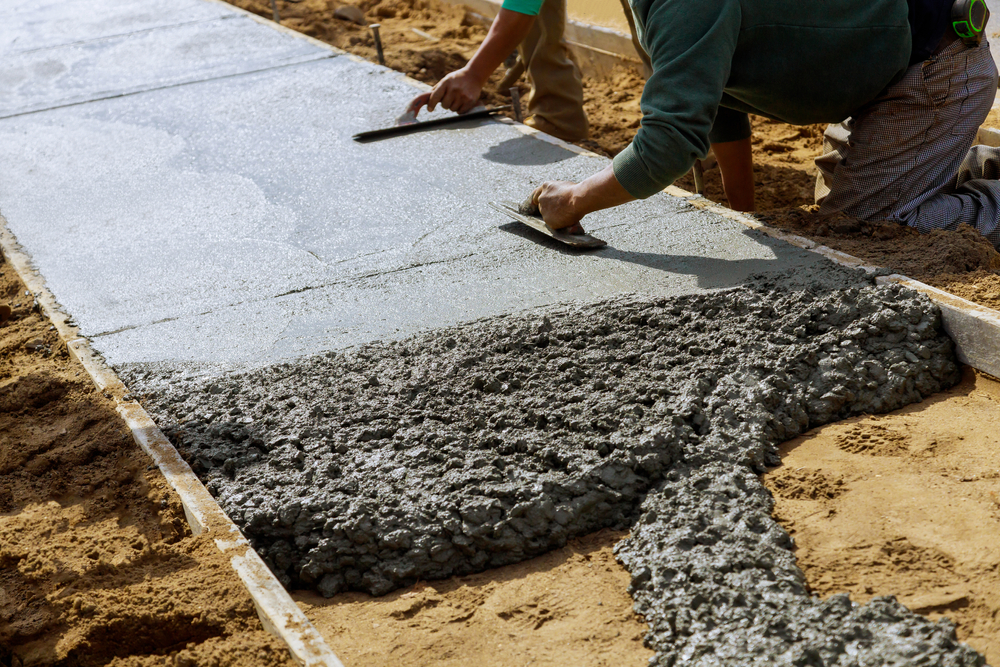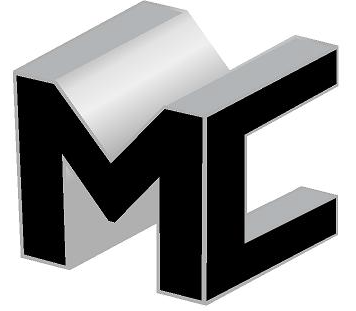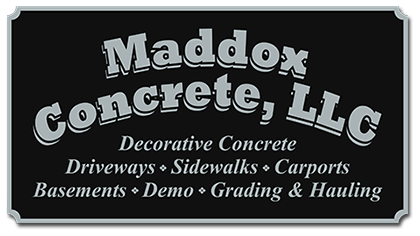
As the sun stretches its rays longer across the horizon and temperatures rise, summertime becomes an opportune window for homeowners and contractors to initiate or complete concrete work. While concrete pouring might seem like a universal task fit for any time of year, the warm season brings with it distinct benefits and unique challenges that can significantly affect the quality and longevity of the finished product. Understanding the science behind summertime concrete pouring for residential homes is essential, not only to enhance aesthetic and structural results but also to ensure safety and compliance with best practices.
Optimal Conditions for Concrete Pouring in Summer
Summer offers a naturally favorable environment for concrete work. Warm weather accelerates the curing process, a chemical reaction known as hydration, which is vital for concrete to gain strength and durability. In contrast to colder seasons, where curing can be sluggish and sometimes incomplete without special measures like heating blankets or accelerants, summer eliminates many of these additional expenses and procedural complications.
However, not all warm weather conditions are created equal. High temperatures, direct sunlight, and low humidity can lead to rapid moisture loss from freshly poured concrete. This quick evaporation can cause surface cracking, reduced strength, and improper curing if not managed correctly. Timing becomes essential. Most contractors prefer to schedule pours early in the morning or late in the afternoon to avoid the peak heat of midday. Shaded areas or temporary shade structures can also provide valuable protection during this phase.
Wind is another element that should not be overlooked. High winds combined with dry air can further exacerbate water evaporation. While summer conditions can be ideal, they also necessitate careful planning to ensure that the environment is conducive to a controlled, consistent cure.
Preparation and Material Considerations
Preparation is arguably the most critical phase of summertime concrete pouring for residential homes. It begins with a thorough evaluation of the site. The subgrade—the soil layer that lies beneath the concrete—should be compacted and moistened just enough to avoid drawing water out of the concrete. A dry subgrade can act like a sponge, stealing essential moisture from the bottom layer of the pour and leading to uneven curing.
Choosing the right mix is another crucial decision. In hot weather, concrete mixes may need to be modified with retarders, which slow down the setting time and give workers more flexibility. The goal is to prevent the concrete from setting before it has been properly placed and finished. Adding too much water to extend workability, a common mistake among DIYers, weakens the mix and compromises durability. Instead, chemical admixtures should be used to maintain the ideal water-to-cement ratio while adapting to environmental conditions.
Transporting the concrete also plays a role in its quality. Ready-mix trucks must minimize transit time and ideally deliver within 60 minutes of batching to prevent premature setting. Some providers offer cooling services, such as using chilled water or ice in the mix, particularly useful during heatwaves or in regions with desert-like climates.
Techniques for Successful Pouring and Curing
Once preparation is complete and the concrete is delivered, the focus shifts to placement and curing—two stages where summertime variables can either enhance or undermine the final product. The placement should be as swift and seamless as possible, minimizing the time concrete spends exposed to the sun and wind before it is leveled and finished.
Finishing involves screeding (leveling the concrete), floating (smoothing the surface), and applying any desired textures or patterns. All of these must be done within a tight window before the concrete begins to harden. Timing is everything, and crews must be ready to execute quickly upon delivery.
Curing is often the most overlooked yet crucial phase. In summer, curing methods must prioritize moisture retention. Several techniques are effective: covering the slab with wet burlap or plastic sheeting, applying a liquid membrane-forming curing compound, or regular misting. Without curing, the top layer of concrete may dry faster than the lower layers, leading to internal stresses and cracks.
Proper curing extends over several days—typically at least seven, but ideally up to 28 for full strength development. Any shortcuts during this stage can result in surface flaking, discoloration, or structural weaknesses that only manifest over time, costing more in repairs than the original investment.
Safety Tips When Maintaining and Changing Your Home Concrete
Concrete work, especially during summer, involves various safety risks that homeowners should be aware of. From skin contact with caustic materials to accidents related to machinery or uneven surfaces, personal protection and precautionary measures are non-negotiable. When engaging in summertime concrete pouring for residential homes, safety must be integrated at every phase of the project.
First and foremost, protective gear is essential. Anyone involved in the pouring or finishing process should wear gloves, long sleeves, eye protection, and boots to guard against chemical burns from wet concrete. Hydration is equally important. Heat-related illnesses like heat exhaustion or heat stroke are real threats on hot days, particularly during prolonged exposure.
Environmental hazards should also be addressed. For example, if the site is on a slope or near landscaping elements, proper drainage should be planned in advance to prevent water pooling or erosion after the pour. Tools and machinery—like mixers, screeds, and vibrating compactors—must be operated according to manufacturer guidelines to prevent injury or equipment malfunction.
In addition to the pouring phase, maintenance of existing concrete in summer also warrants attention. High temperatures can exacerbate issues like expansion, cracking, and joint failure. Regular inspections and preventative measures such as sealing joints and applying surface protectants can extend the lifespan of your investment. If changes to existing concrete structures are needed—such as repairs or resurfacing—these should be scheduled during moderate temperature windows to avoid overexposure to heat during curing.
Lastly, local codes and permitting requirements should never be ignored. Whether you’re building a new driveway, patio, or foundation, municipalities often have guidelines in place for safety, sustainability, and structural integrity. Hiring licensed contractors and securing the necessary permits ensures that your project is not only successful but also legally compliant.
Long-Term Benefits and Sustainable Considerations
Investing in summertime concrete pouring for residential homes can yield long-term benefits that go well beyond aesthetics. A well-executed summer pour offers superior strength, better finish quality, and improved durability compared to cold-weather counterparts. Homeowners can enjoy shorter project timelines and faster usability, particularly valuable when working on driveways, patios, walkways, or foundations.
Moreover, summer projects often come with economic advantages. Demand for concrete services tends to peak in spring and early summer, but smart scheduling during mid-to-late summer can help homeowners negotiate better pricing or shorter wait times. Concrete suppliers and contractors often provide discounts for scheduling during shoulder periods within the warm season.
Sustainability is another angle worth exploring. Advances in eco-friendly concrete mixes, including those using recycled materials or reduced carbon cement alternatives, are increasingly available. Pouring concrete in summer reduces the need for artificial heating or accelerants, further lowering the environmental footprint of the project. Additionally, permeable concrete solutions can help manage stormwater runoff and reduce heat island effects around the home.
In the long run, thoughtful planning and execution during the summer can enhance not just the functionality but also the value of your home. Whether you’re laying a new foundation, adding a backyard patio, or repairing an aging sidewalk, timing your project for summer can offer the perfect balance of practicality and performance.
Conclusion
Summertime concrete pouring for residential homes is a strategic choice that, when executed with care and knowledge, can produce superior and lasting results. By preparing thoroughly, using the right materials, employing proper techniques, and observing safety tips when maintaining and changing your home concrete, homeowners can ensure a successful project from start to finish. Summer may be the season of relaxation, but with the right approach, it can also be the season of strong, durable, and beautiful concrete.
Need Concrete Contractors in Sanford, NC?
We are the area’s best concrete company. We specialize in concrete finishing of all types of concrete for residential and commercial customers. Our services include pavement, driveways, footings, sidewalks, decorative concrete, hauling, demolition, and property grading. We’re fully insured. Contact us today for quality workmanship and service.

